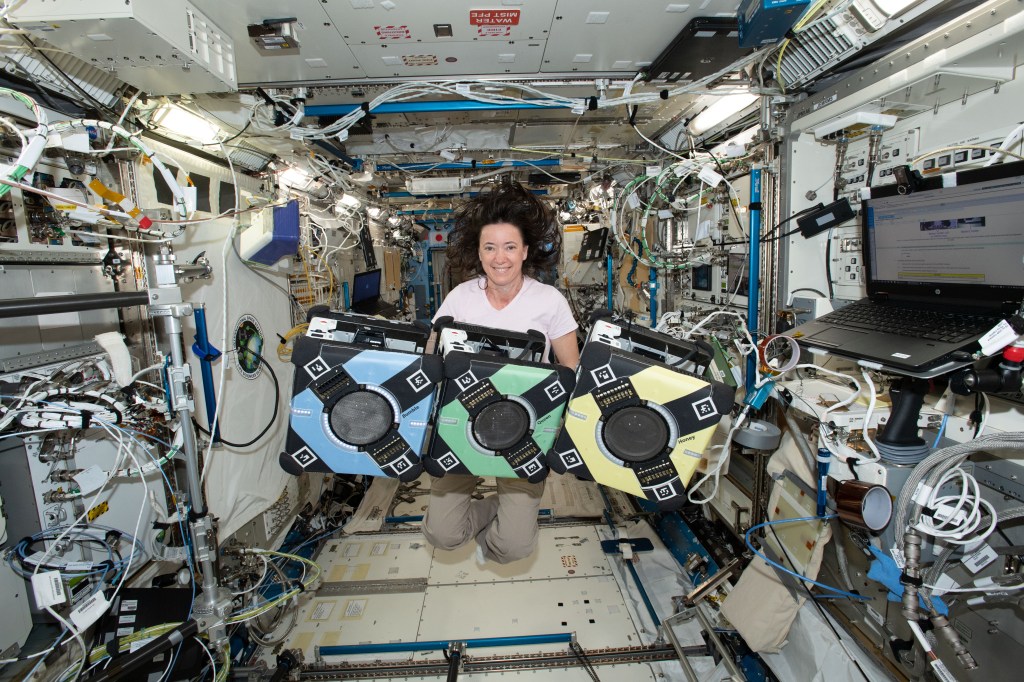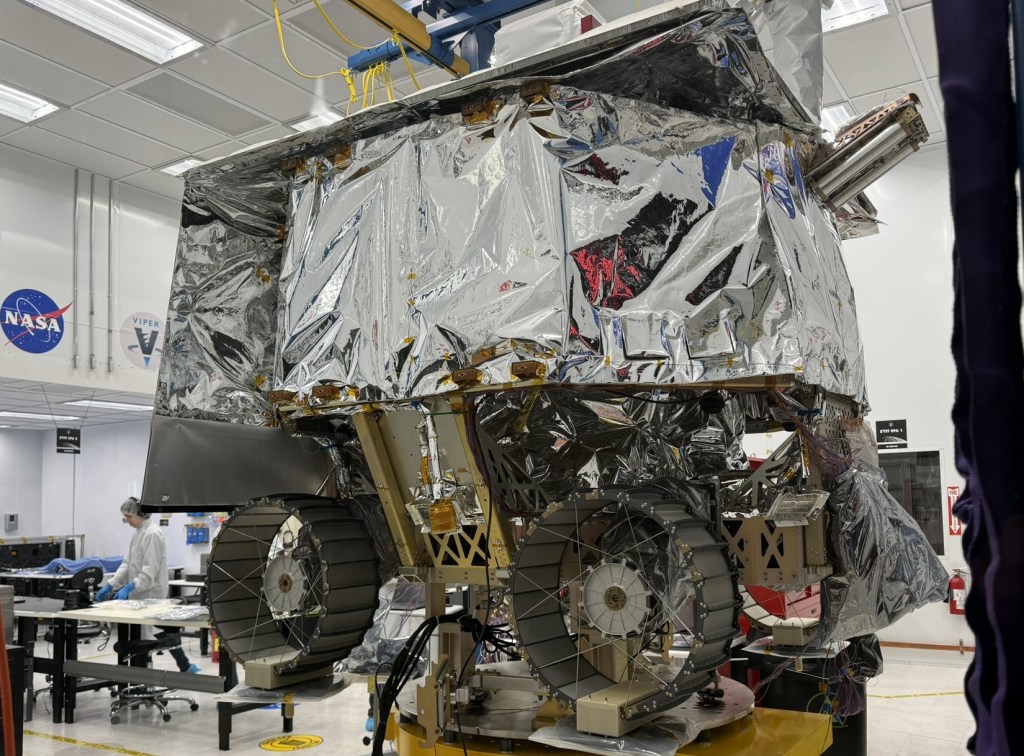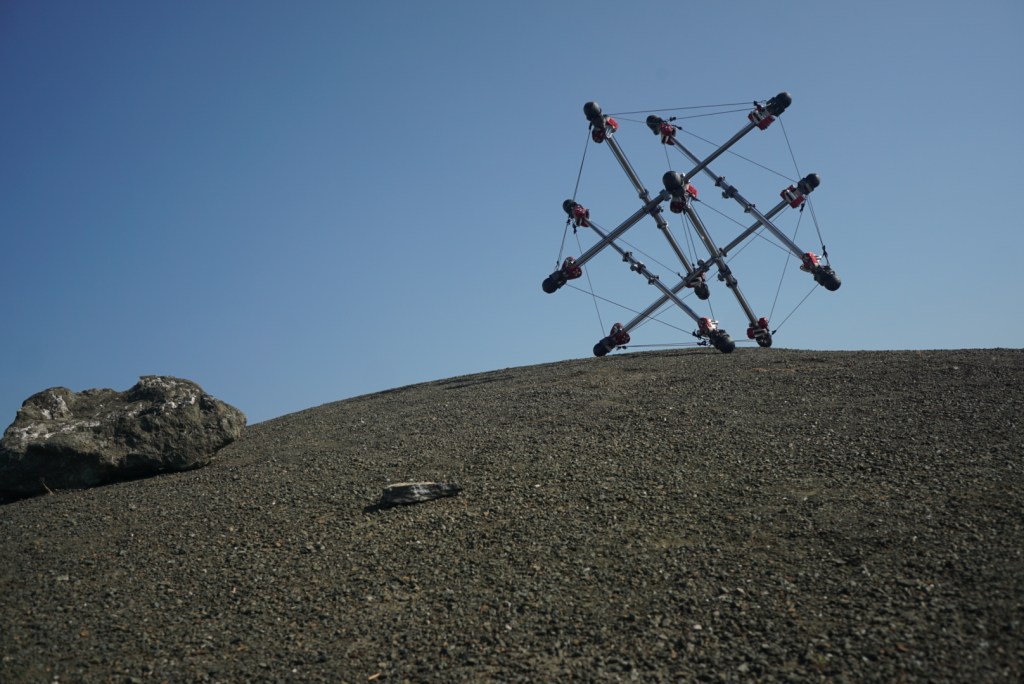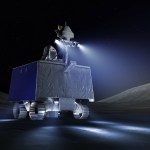


Intelligent Robotics Group
The Intelligent Robotics Group (IRG) explores extreme environments, remote locations, and uncharted worlds. We conduct applied research in computer vision, geospatial data systems, human-robot interaction, planetary mapping, and robot software.
IRG has developed the Astrobee free-flying robot, the “K-Rex” and “K10” series of planetary rovers, and the Spherical Underactuated Planetary Exploration Robot Ball (SUPERball) Bot tensegrity robot. We conduct robotic field tests in planetary analog sites, such as Black Point Lava Flow and Haughton Crater and release our experimental data to the community.
We are committed to collaboration. If you are interested in working together, please contact us today.
Location
Moffett Field, CA
Founded
1999
People
35
Group LEad
Matthew Deans































